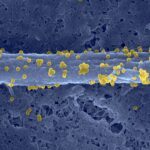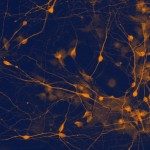Link to Pubmed [PMID] – 34192531
Link to DOI – 10.1016/j.celrep.2021.109319S2211-1247(21)00695-1
Cell Rep 2021 Jun; 35(13): 109319
Neonates are highly susceptible to bacterial meningitis as compared to children and adults. Group B streptococcus (GBS) is a major cause of neonatal meningitis. Neonatal meningitis can result from GBS intestinal colonization and translocation across the intestinal barrier (IB). Here, we show that the immaturity of the neonatal intestinal microbiota leads to low resistance to GBS intestinal colonization and permissiveness of the gut-vascular barrier. Moreover, the age-dependent but microbiota-independent Wnt activity in intestinal and choroid plexus (CP) epithelia results in a lower degree of cell-cell junctions’ polarization, which favors bacterial translocation. This study thus reveals that neonatal susceptibility to GBS meningitis results from the age-dependent immaturity of the intestinal microbiota and developmental pathways associated with neonatal tissue growth, which both concur to GBS gut colonization, systemic dissemination, and neuroinvasion. Whereas the activation of developmental pathways is intrinsic to neonates, interventions aimed at maturing the microbiota may help prevent neonatal meningitis.









